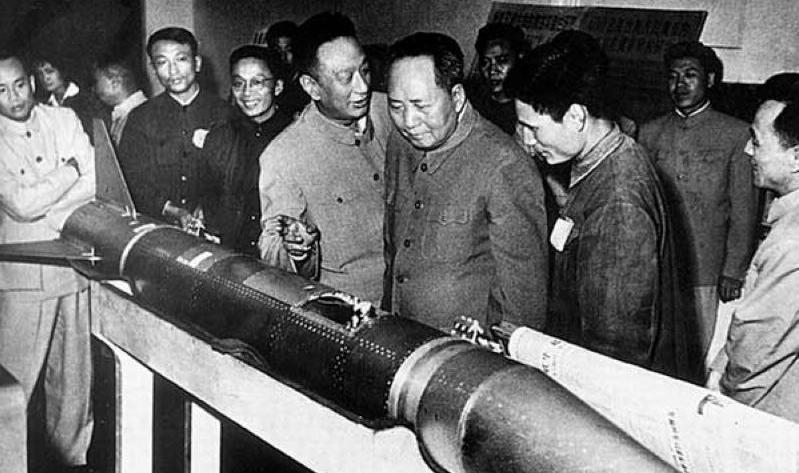The process of exploring space brings with it a rigorous set of limitations and requirements.
Among them is the fact that anything you’ll need on the trip had better be on board when you blast off as it’s a very long trip home if anything goes wrong.
Now the China Aerospace Science and Technology Corporation, or CASTC, says they plan to include a 3D printer capable of producing metal components on future space missions.
CASTC is the enormous, state-owned enterprise group responsible for brands like Shenzhou and Long March, and it was sprung from what’s known as the Fifth Academy of the Ministry of National Defense back in 1956. CASC itself was formally founded during 1999 in Beijing.
With eight large research and development production complexes around the country, the CASTC includes the China Academy of Launch Vehicle Technology (CALT), Academy of Aerospace Solid Propulsion Technology (AASPT), China Academy of Space Technology (CAST), Academy of Aerospace Liquid Propulsion Technology (AALPT), Sichuan Academy of Aerospace Technology (SAAT), Shanghai Academy of Spaceflight Technology (SAST), China Aerospace Times Electronics Corporation (CATET), and China Academy of Aerospace Aerodynamics (CAAA), along with any number of specialized companies which engage in the research, design, manufacture and launch of space systems.
The CASC employs more than 120 thousand workers total and more than 30 academics from the Chinese Academy of Sciences (CAS) and the Chinese Academy of Engineering (CAE).
While NASA and Made In Space have already implemented an FDM printer on the International Space Station, the Chinese say they plan to use a machine capable of creating metal parts with Selective Laser Melting technology on their spacecraft.
Used primarily for aerospace and automotive parts, SLM machines use long-wave fiber and short-wave carbon dioxide lasers to build parts from performance materials like titanium alloys, stainless steel and nickel.
Liang Feng, a senior engineer with CASTC in Shanghai, says the device can output 8 square centimeters of parts per hour, and adds that patent applications for the new device are already filed. CASTC is the foremost contractor employed by China’s space program and responsible for a large number of its technological innovations.
The parts chosen for testing were selected as their complex, hollow and often irregular shapes were excellent representations of the new machine’s potential to create typical metallic parts which might malfunction in flight. The SLM devices work by completing a series of powder feeding and laser melting cycles which create layers down to 0.02 mm in thickness to build up a finished part.
“The products…will have to be tested thoroughly due to the strict quality requirements of aerospace products,” Feng says, but he adds that he sees a long future ahead for 3D printing in extraterrestrial applications.
Let us know what you think about how China’s metal printing initiative will change the way aerospace designers work in the Metal 3D Printing From Space forum thread on 3DPB.com
